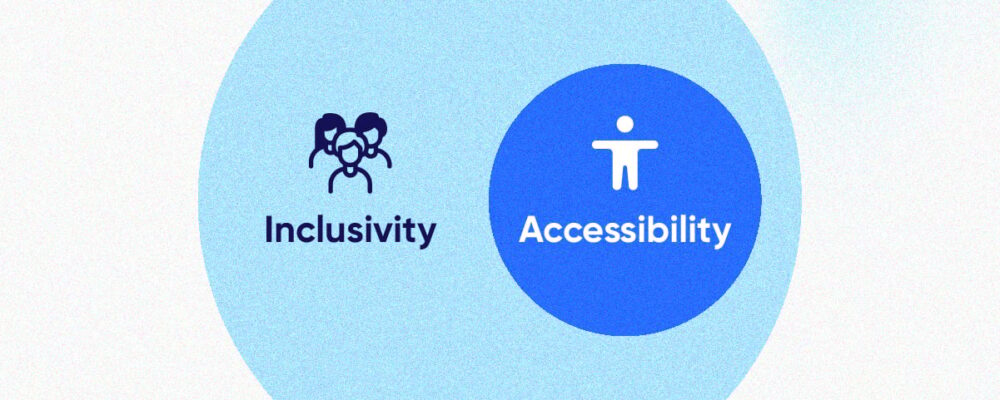Books have been a fundamental part of education and learning for centuries. They provide a reliable and trustworthy source of information and are an essential tool for students and educators alike. The advent of digital formats has created new opportunities for learning, but printed books remain an essential part of the educational landscape.
Traditional Print Formats

Source: fliphtml5.com
Printed books have several advantages over digital formats. They are portable, durable, and easy to read. They have a long history of use in education, and their physical form has been refined over centuries to create an effective tool for learning. Printed books are also free from the distractions that are common in digital formats, such as pop-ups and ads.
Children’s book printing is a particularly important aspect of education. They are often designed with bright colors, engaging illustrations, and age-appropriate language to capture the attention of young readers.
Children can touch and feel the pages, and turn them at their own pace. This physical interaction with the text can help children to better understand and engage with the material.
However, these books are not without their disadvantages. They can be heavy and cumbersome, making them difficult to carry around. Additionally, they are subject to wear and tear over time, which can make them unreadable. Finally, the cost of printing and distributing books can be prohibitive, particularly in regions where resources are limited.
The Rise of Digital Formats
Digital formats, such as e-books and online resources, have become increasingly popular in recent years. They offer several advantages over traditional print formats. For example, they are portable, allowing readers to access them from anywhere with an internet connection. They are also searchable, making it easier to find specific information. Finally, digital formats are often cheaper than print formats, making them more accessible to a wider audience.
While digital formats have many advantages, they also have some disadvantages. They can be difficult to read for extended periods of time, as reading from a screen can cause eye strain. Additionally, digital formats are often subject to distractions such as pop-ups and ads. Finally, not everyone has access to the internet, which can limit access to digital resources.
Accessibility and Inclusivity

Source: siteimprove.com
Printed books are an important tool for supporting diverse learners. They can be adapted to meet the needs of different learners, such as those with visual impairments. Large print and braille editions of books are available for those who need them. They are also more accessible to those who do not have access to the internet, or who have limited access to technology.
Inclusivity is important in education, and printed books can play an important role in ensuring that all students have access to learning materials. Printed books can be used to support learners who struggle with reading, or who have learning disabilities. They can also be used to promote cultural diversity, by providing access to literature from a range of cultures and perspectives.
Classroom Applications: Teaching and Learning
Printed books are a valuable resource for classroom teaching and learning. They are often used to supplement textbooks and other course materials. They can also be used to promote independent reading, which is an important skill for students to develop. Additionally, printed books can be used to encourage critical thinking and analysis.
In the classroom, printed books can be used to create a shared experience between students and educators. They can be used to initiate discussions and debates and to encourage students to think deeply about complex issues. They can also be used to provide context and background information for course material, helping students to develop a deeper understanding of the subject matter.
Library Collections

Source: today.com
Libraries are an important source of printed books for students and educators. A well-curated library collection can provide a wealth of resources for learning and research. Libraries often have collections of rare and out-of-print books that are not available elsewhere. Additionally, libraries often provide access to special collections such as manuscripts and archives.
Libraries are an essential component of education, and their role in providing access to printed books cannot be overstated. They provide a safe and welcoming space for students to learn and explore, and they offer access to resources that are not available anywhere else.
Future Directions
The future of book printing in education is likely to be shaped by emerging technologies and innovations. One area of interest is 3D printing, which has the potential to revolutionize production. 3D printing could make it easier and cheaper to produce customized textbooks and other educational materials. Additionally, advances in digital printing technology could make it possible to produce high-quality printed materials more quickly and efficiently.
Another area of interest is the use of augmented reality (AR) and virtual reality (VR). AR and VR can be used to create interactive and immersive learning experiences, bringing the content of printed stories to life. This technology has the potential to transform the way that students learn and could make printed books even more relevant in the digital age.
Finally, the rise of open educational resources (OER) is likely to have a significant impact on the future of book printing in education. OER are freely accessible, openly licensed learning materials that can be used, shared, and modified by anyone. OER has the potential to reduce the cost of education and provide students with access to a wide range of high-quality resources.
Conclusion

Source: howlifeunfolds.com
In conclusion, printed books remain an essential tool for education and learning. While digital formats have become increasingly popular, printed books offer several advantages over digital formats, such as tactile interaction and freedom from distractions. Printed books are also more accessible to diverse learners, and are an important tool for promoting independent reading and critical thinking.
New technologies have the potential to transform the way that students learn, and to make education more accessible and affordable for everyone.
Ultimately, the value of printed books in education and learning lies in their ability to engage and inspire students. They provide a tangible connection to the knowledge and ideas that have shaped our world, and they offer a window into the past and a vision for the future. As technology continues to evolve, printed books will remain an enduring and essential part of the educational landscape.


















